When ordering custom wholesale embroidery, it's easy to get all caught up in the pricing. However, there are other important factors you need to consider.
For instance, have you considered that different apparel items and fabrics may require separate digitized files? An example would be that a flat polo embroiders differently than a curved baseball cap.
Or that if your logo is highly detailed and complex, you may need to simplify or scale your design appropriately in order for the design to be clear and legible?
To help you prepare, we’ve identified four factors you need to consider, so you get the most out of your wholesale order. As we go over them, you’ll also learn:
- Why flat embroidery is very versatile
- Why poly cotton fabric is excellent for embroidery
- The best spots to embroider your garment
- When to use embroidery patches
- The two most popular types of embroidery threads
Factor 1 - The Embroidery Style You’ll Need
Your options for wholesale embroidery designs are numerous. Even so, the best design for your project depends on your marketing needs.
You can choose between:
- Flat embroidery for a more versatile style that includes up to 15 different color threads
- Puff embroidery for a three dimensional design of lettering and simple graphical logos
- Embroidered patches for that trendy look that communicates an established brand
Flat Embroidery

Flat embroidery involves flat stitches on your fabric. It's a straightforward style that works well with most designs, including designs with intricate designs, multiple colors, or logo with a lot of text.
This style also accommodates most fabrics, making it ideal for your company logo. For example, you can have the same embroidery on your tougher industrial work jackets and on your embroidered polos; no need for a second, simpler design to accommodate lighter fabric.
Flat embroidery is also cheaper and faster, especially with our embroidery machine that can embroider up to six items in one go.
Consider this option if you’re looking for a fast, versatile embroidery design that will feature on all your fabrics.
Puff Embroidery
Puff embroidery involves a foam insert that raises your design from the fabric’s surface while maintaining its shape. Stitching is then done over the insert for a bold three-dimensional look that’s perfect for brand names.
Puff embroidery is common on heavy items, such as caps, hats, jackets, and sweatshirts, because the foam inserts add weight themselves. As such, If used on lighter fabric, puff embroidery causes them to sag and lose shape over time.
If you’re ordering embroidery on lightweight fabric, such as t-shirts and polos, then flat embroidery is the way to go, while embroidery is best on heavier garments.
Custom Embroidery Patches
Custom embroidery patches are powerful branding tools that make your company look more established and experienced. For instance, you can use embroidery patches to celebrate a recent industry award, maybe “Greenest Company of the Year.”
Embroidery patches also double as motivational tools when used to recognize exceptional workers. For instance, you can get an embroidery patch design on your top performers' workwear.
Consider ordering embroidery patches if your garments are lightweight and stretchy, making it harder for intricate stitching.
The embroidery patches will be stitched separately behind a backing and woven onto the delicate fabric to avoid damage.
Patches are perfect for featuring complex designs and logos on soft fabric like office wear.
Factor 2 - The Thread Your Embroiderer Will Use

The two most popular embroidery threads you can order are rayon and polyester threads.
Each has specific strengths and limitations that make it preferable for different projects.
For instance, rayon threads have a more natural, silky appearance than polyester threads, making them excellent for adding visual depth to your custom apparel. However, their tensile strength is lower than that of polyester.
Meanwhile, polyester threads have a more subtle shine compared to rayon but are more durable. Their higher tensile strength will bear commercial laundry, bleaching, and frequent rubbings that occur in industrial environments.
The following table highlights some more considerations for choosing your embroidery thread.
| Consideration | Thread Type To Use |
| Softness | Rayon threads are softer than polyester and remain soft even at high stitch counts; this keeps your crew comfortable while the extra stitching enhances durability |
| Environmental impact | Rayon fabric is made from processing wood pulp; as such, it’s friendlier to the environment when sourced responsibly—fFor instance, from well-managed forests |
| Price | Polyester thread is cheaper than rayon and more durable because it’s made from processing oil; it’s the perfect blend of price and performance |
Good to Know: We primarily use polyester thread because of it's vibrancy and durability. However, we do and can use rayon thread. Ultimately, the choice on which thread to use comes down to the exact color thread you need for your design.

Factor 3 - Your Choice of Fabric
Not all fabrics are ideal for your custom embroidery project.
For instance, knitted fabric is stretchy and moves a lot during stitching, affecting the evenness of your design. As such, they’re better suited for simpler, less intricate flat embroidery designs and embroidery patches.
Fabrics such as cotton, linen, rayon, or polyester blends are ideal for custom embroidery.
Their tight weaving and higher thread counts will keep them stable under the needle, allowing for more intricate embroidery designs.
For instance, check out this dazzling needlework by Jupmode that even features shading for a more three-dimensional look.
It’s embroidered on an interesting 80/20 blend of cotton and polyester that’ll give you creative freedom for your design project; because poly cotton blends add strength to the fabric, increasing the number of designs you can have on them.
Here’s another fun poly cotton embroidery by Jupmode, featuring four alternating colors placed strategically on the left chest for maximum visibility.
Factor 4 - Your Embroidery Placement
Finally, consider the implications of where you place your embroidered logo or brand name and select the most visible option. This will make your branding more memorable.
For instance, it’s a common industry practice to embroider on the left chest of a garment. This position aligns with how we read, from left to right, and improves brand visibility and catchiness.
However, if the garment will be worn underneath an apron, your branding is better off placed high in the center chest or on a sleeve to avoid obstruction.
When embroidering polos, jackets, or any apparel item on the sleeve, it is common practice to place the logo on the right sleeve. This is the industry standard because the logo becomes visible when shaking hands with someone that you meet. However, if the polo brand already has their logo on the right sleeve, the logo is moved to the left arm.
The following table highlights various placement options and their advantages.
Tell Us About Your Custom Embroidery Project
At Jupmode we have the experience and expertise to handle all your embroidery needs. Our expert team will guide you through:
- Selecting the best garment and colors for your project
- Coming up with graphical designs that show off your brand in a unique way
- Bringing the designs to life
Get a custom quote today to get started on your project.
"My company has used Jupmode several different times to make T-shirts and hoodies for our customers/employees. Highly, highly recommend.”
— Matthew S.
Share on Facebook:



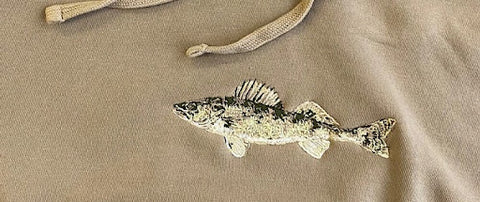





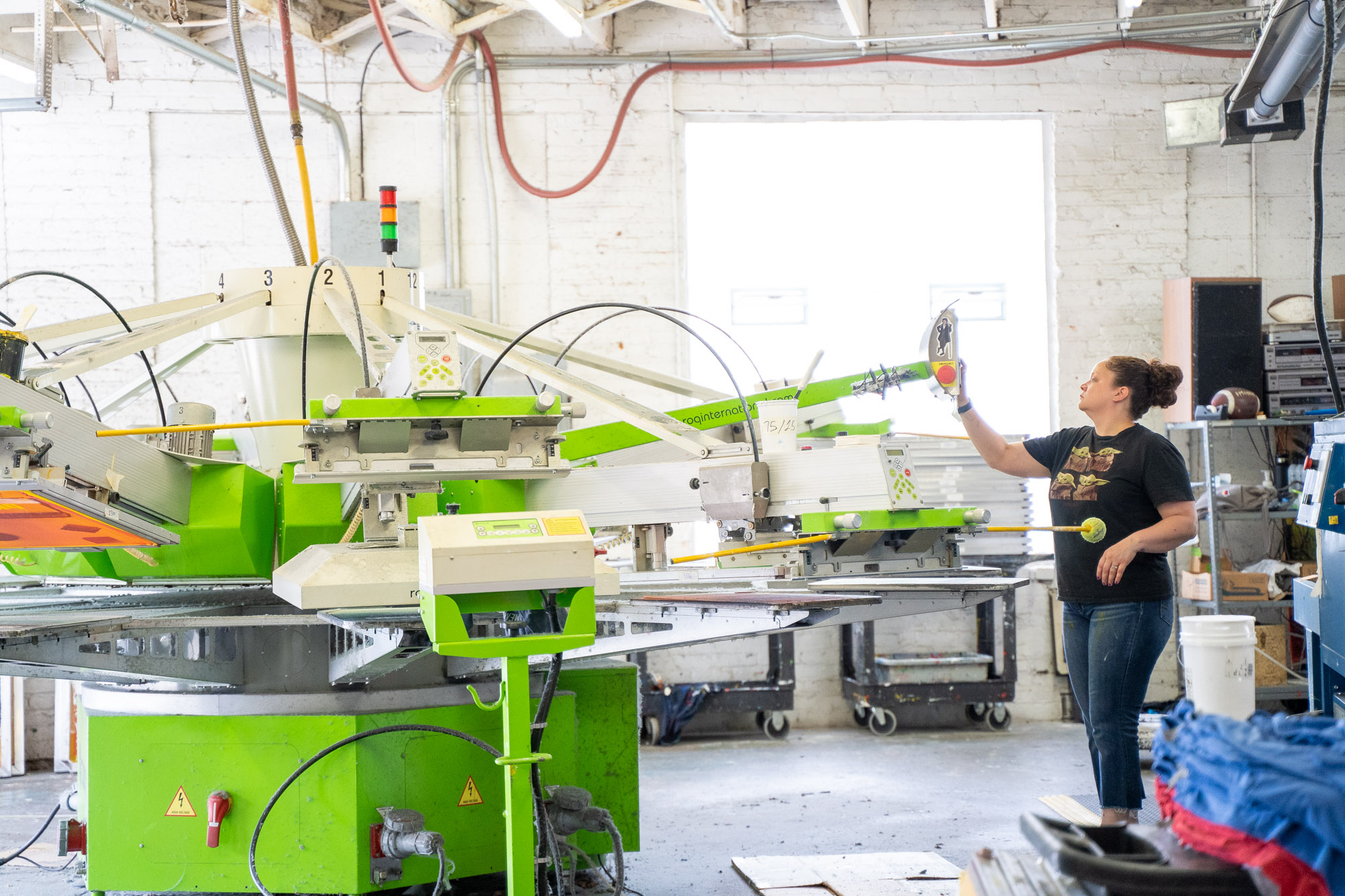
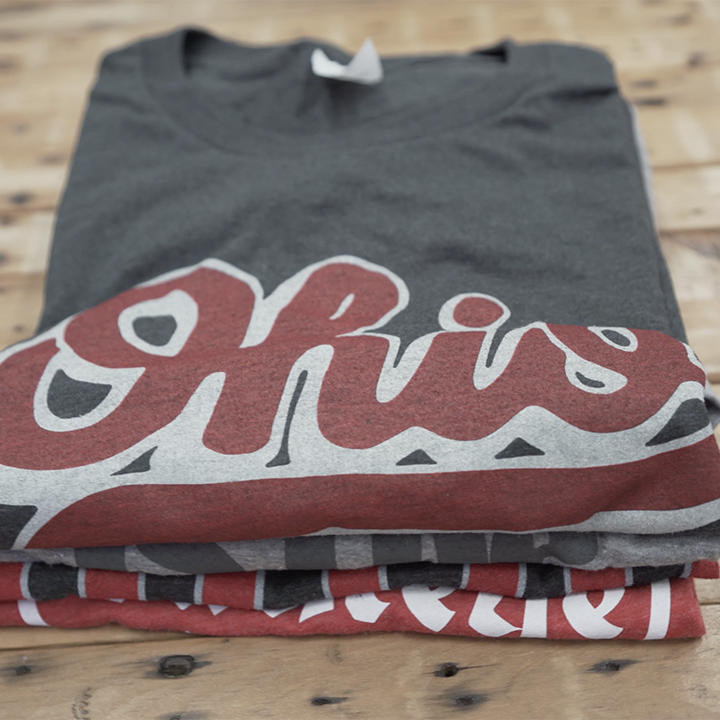
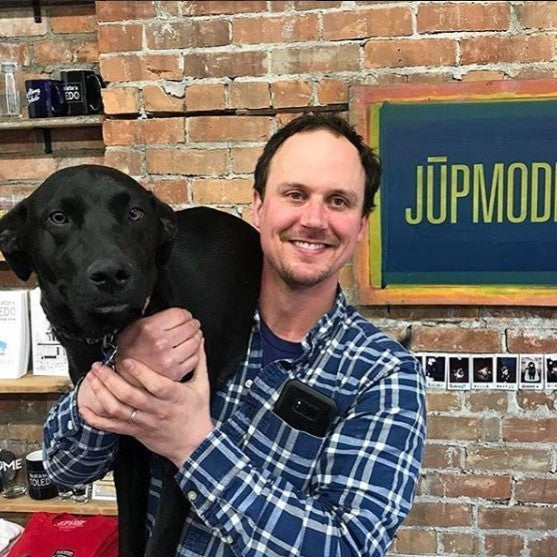
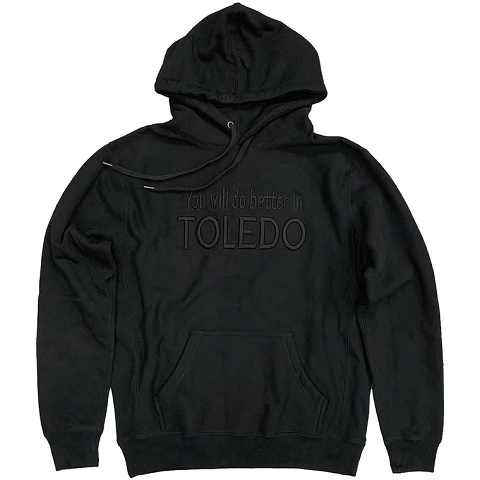
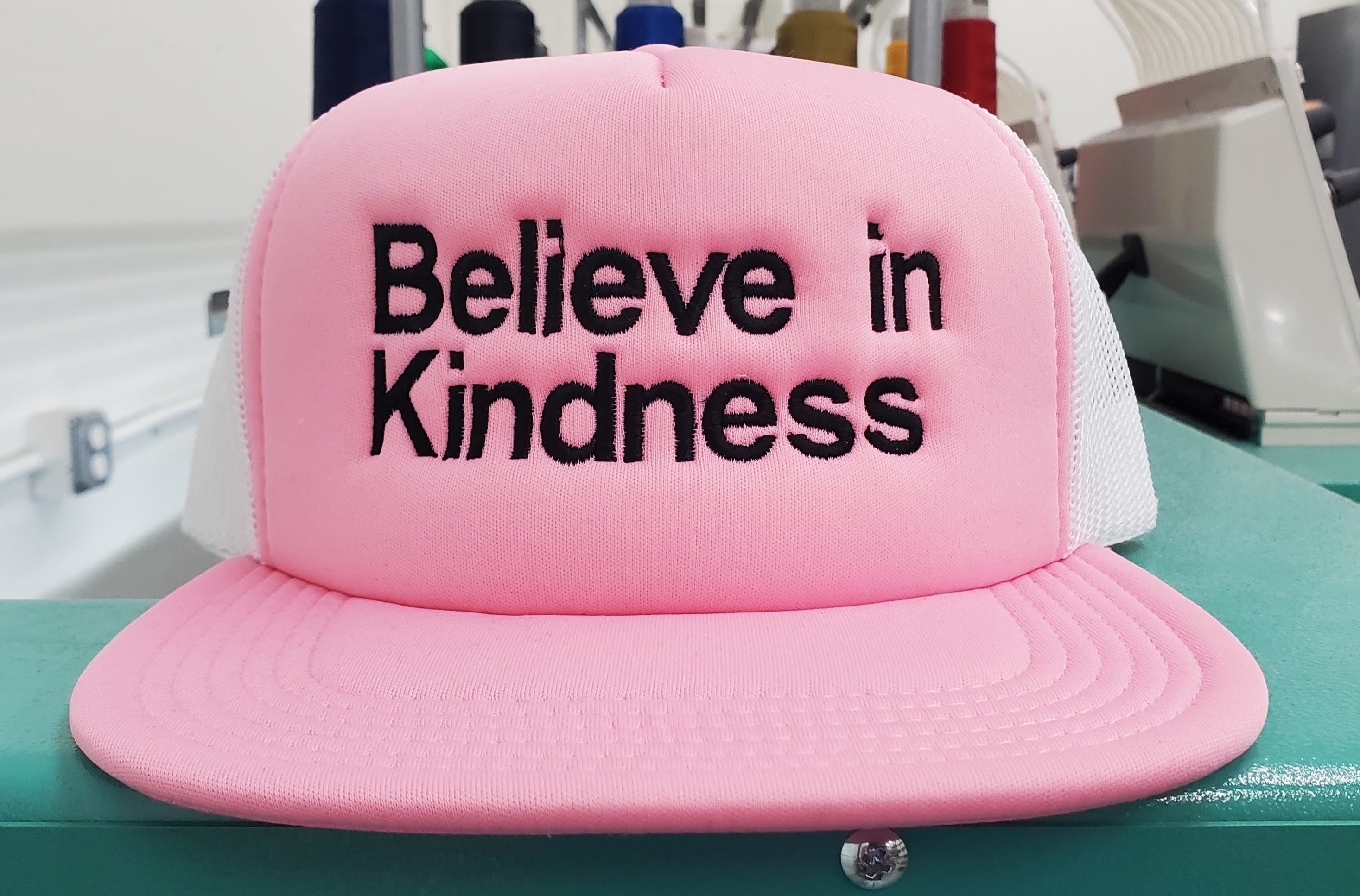
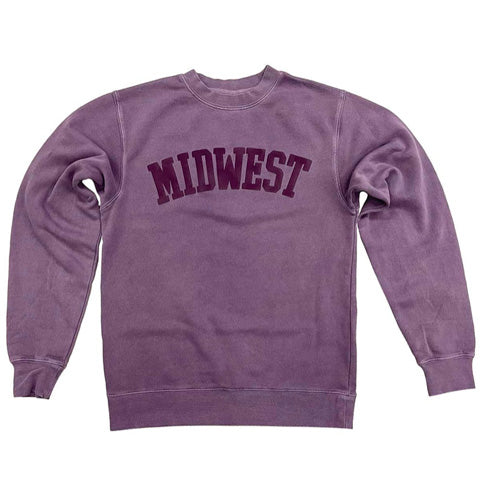
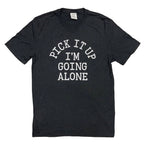
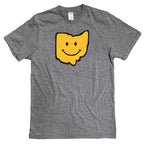
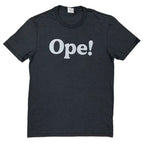
Comments
Write a comment